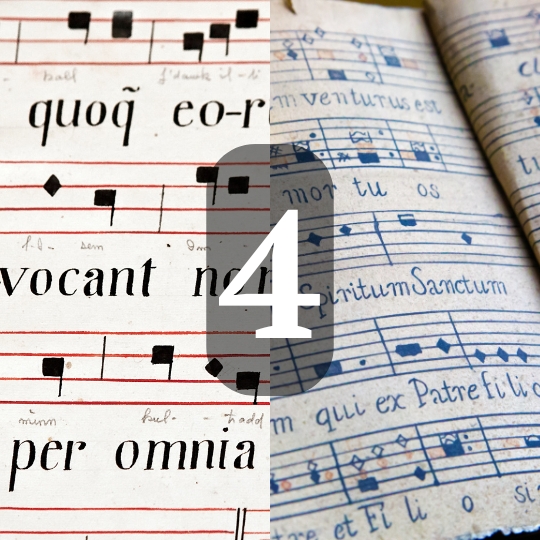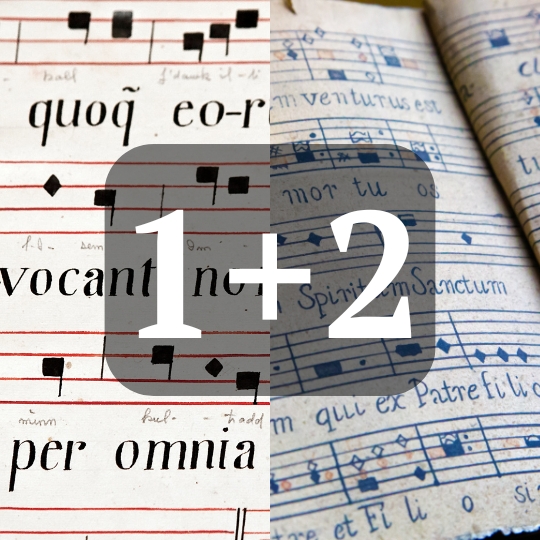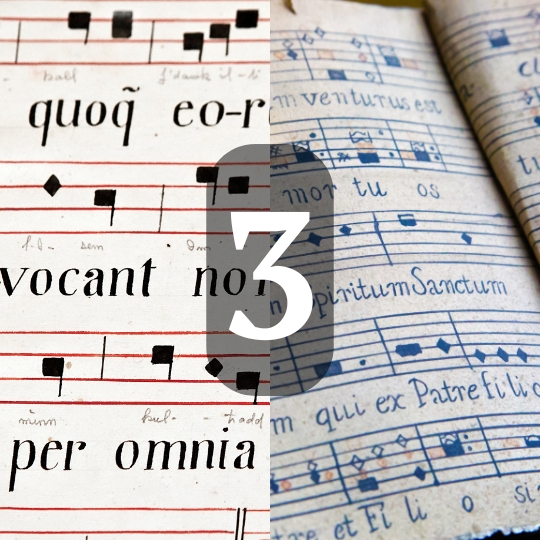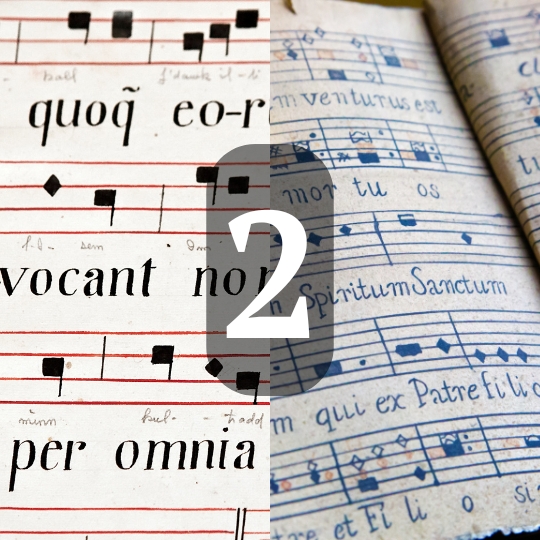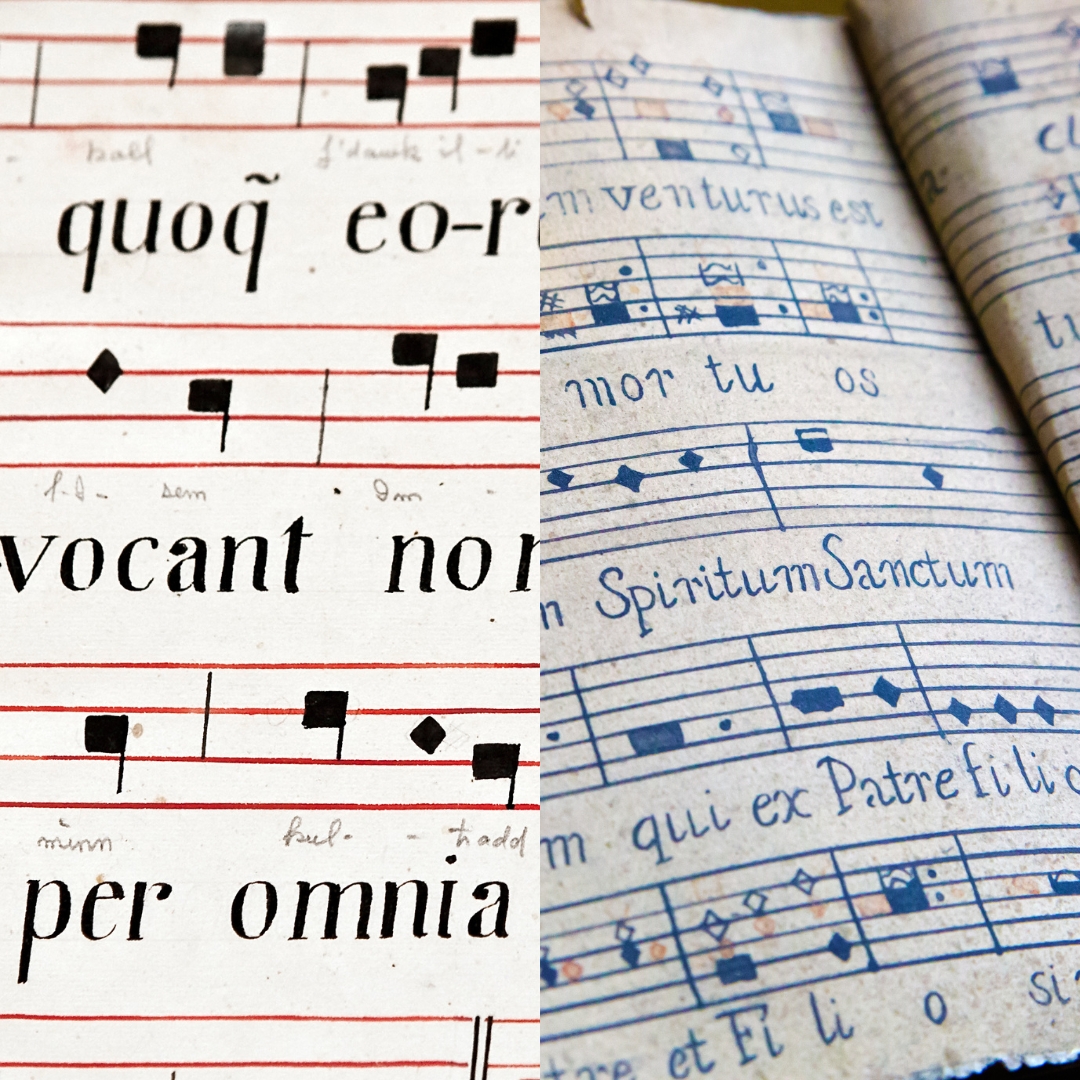Many of Chopin’s Nocturnes follow a ternary structure, or ABA form, where melodies of the A-section repeat and flank a different middle section.
Interestingly, however, Chopin’s Nocturnes often implement subtle embellishments to each repetition of these A-themes.
His first Nocturne Opus 9, Number 1 is a good example of these melodic variations.
Taking a closer look at the melodies we can see how similar they are: many pitches remain the same.
Chopin alters the melodies by essentially filling in and decorating intervallic and rhythmic spaces between notes, as though each resting point is an opportunity to add some decoration.
Musical Moments is a new series where I focus on larger works—whether in orchestration, length, or complexity—and zoom in on small sections …
Fourth Species Counterpoint is a type of music composition that focuses on creating counterpoint through suspension and syncopation, which means that notes …
Combining 1st and 2nd species counterpoint is where we truly start to unlock counterpoint’s potential as a tool for enhancing our composition …
Continuing from the foundational work in first and second species, third species counterpoint introduces a more intricate rhythmic structure by pairing four …
Continuing our study of species counterpoint from last week, where we looked at counterpoint in the first order / first species, this …
First species counterpoint, often referred to as “note against note” counterpoint, is the foundation of contrapuntal composition. It (First Species Counterpoint) involves …



